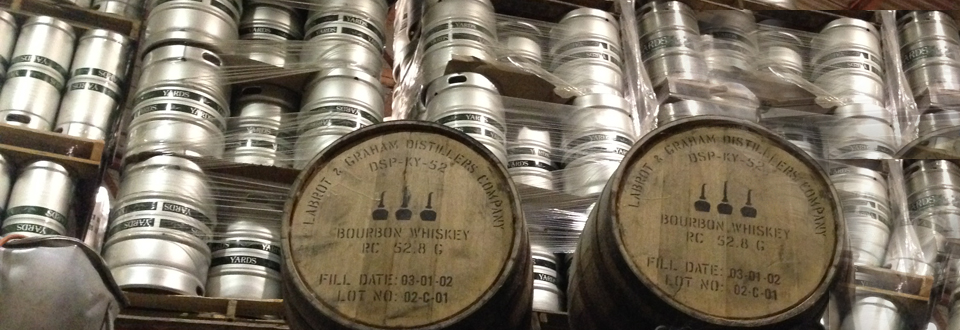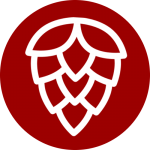On the west coast the brewers are tired of IPA domination, they want their patrons to try something different – think differently about beer. Nationwide there’s a building beer geek backlash against the growing number of extreme Dogfish/3 Floyds 10% and more big beers. But the new session beers just don’t have the in your face flavor punch that beer enthusiasts have learned to crave, and many other milder styles are high on nuance, lower on beer experience for some.
So we turn back to where it all began – how beer started, brewed naturally with wild yeast and other bacteria, pulling in flavors from the barrels they ferment in (and what fell into the fermenting tank), funky, sour and dry. Some call them wild yeast beers, others “live beers” and “sours” and others look to their named styles: Gueze, Flanders Red, Berliner Weiss, etc.
No matter what you call them, they taste “different” than most all other beers, and they have a lot of interesting flavors. Unlike the some of the strictly “spirit barrel” aged beers (like bourbon barrel imperial stout) they may or may not be high alcohol – and can have many unique and subtle characteristics.
Unlike most craft beers – or any beers, these wild brews are different in a number of key ways:
- They are not consistent in flavor or character
- They take a long and undetermined period of time to create
- They are usually blended to create a desired flavor
- The styles and flavors are not predetermined, and to many include flavors that are somewhat un-beer like (“barnyard”, “wet earth”, “horse blanket” to name a few)
And there’s the mystique and magic of letting these beers brew themselves. At the Craft Brewers Association conference a few years ago in San Francisco, I attended a breakout session on wild beers hosted by Vinny Cilurzo of Russian River – who had brought over some Belgian brewers to try to explain how they brewed their wild beers. They said “we do not brew the beer – it brews itself. We try our best to manage it, that is all”.
So with this all as background, when Franklin Winslow – QC Brewer and one of Yards Brewing’s brewmasters told me he had a naturally soured Thomas Jefferson Tavern Ale mash that had been sitting in a barrel for over two years, and also had a batch of Brawler that has been in the same barrel for the last 9 months, I was pretty intrigued. Then, when he asked me if I wanted to help him turn these beer building blocks into a sour beer to share with Yards beer drinkers – well, I was pretty damn stoked.
So this is where we start the project. I will faithfully document our process, ideas, experiences and tribulations and share it with you beer appreciators. We have some ideas, know directionally where we’d like to end up, and hope those of you that are interested will come to Yards at some point and taste the results in the future. But, it will take time, experimentation, a bit of risk – and a lot of fun.
Let’s go on this “wild” ride together and see where it goes. Thanks in advance to Yards and Franklin for letting this happen – and owner Tom Kehoe for allowing me to participate and share this with you all. Why are we calling it the “Spontaneous Generation Series”? Well, not because we believe that the beer is created all by itself…. But, as Franklin put it “Sour mash is pretty much the perfect example of spontaneous generation”.
Next up – let’s inventory and taste what we have – and plot our evolution of the Spontaneous Generation Series… Many options…






